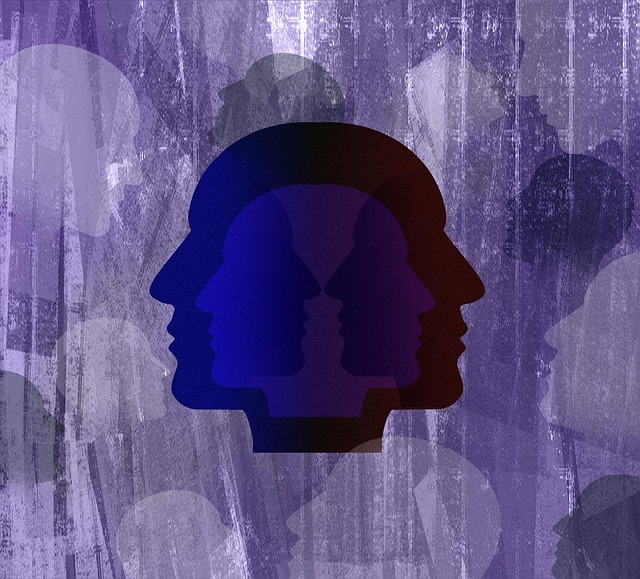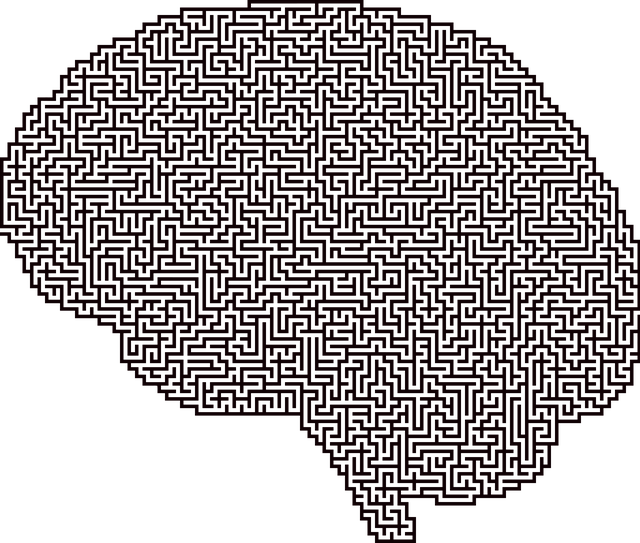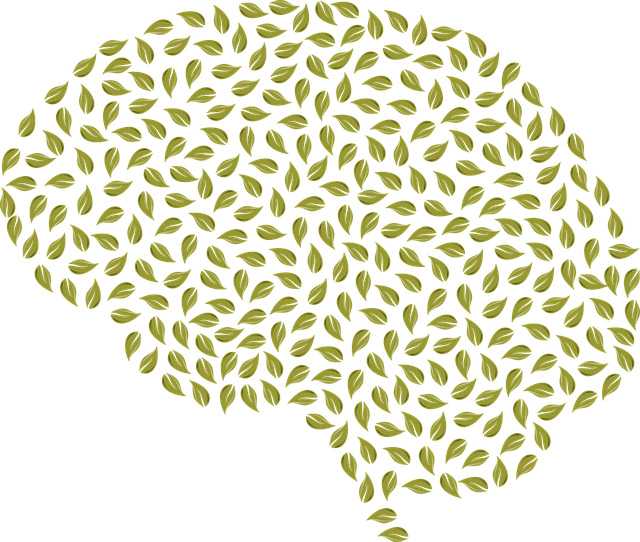Understanding Mental Health Data is key to navigating Boulder Anxiety Therapy services. By gathering, analyzing, and preprocessing data from various sources using ethical standards, researchers can identify trends in anxiety conditions across demographics. This enables personalized treatments like CBT and mindfulness practices. Data visualization tools enhance interpretation, guiding location-specific interventions and improving therapeutic outcomes. Boulder Anxiety Therapy leverages advanced analysis for tailored treatments, group programs, and digital platforms, revolutionizing mental healthcare with evidence-based approaches that foster better client engagement and daily life management of stress and burnout.
Mental health data analysis is a powerful tool in understanding and addressing growing anxiety trends. This article explores the process of interpreting mental health data, from collection through visualization techniques. We delve into specific methods for identifying anxiety patterns using real-world examples from Boulder Anxiety Therapy, highlighting practical applications that can inform treatment strategies and improve patient outcomes. By harnessing the insights from data analysis, professionals can navigate complex landscapes to provide more effective care.
- Understanding Mental Health Data: Collection and Sources
- Preprocessing and Cleaning: Preparing the Data
- Exploring Anxiety Patterns: Techniques and Insights
- Visualization for Interpretation: Visualizing Trends
- Practical Applications with Boulder Anxiety Therapy
Understanding Mental Health Data: Collection and Sources

Understanding Mental Health Data is a pivotal step in navigating the complex landscape of Boulder Anxiety Therapy and beyond. Effective analysis begins with data collection from diverse sources, reflecting the multifaceted nature of mental health. These sources span medical records, clinical assessments, surveys, and even social media platforms, providing rich insights into individuals’ experiences and behaviors. By aggregating and analyzing this data, researchers and practitioners can identify trends, patterns, and risk factors associated with various mental health conditions.
Incorporating perspectives from Mental Health Policy Analysis and Advocacy is essential here, as it ensures that data collection methods adhere to ethical standards and respect individual privacy. Additionally, promoting Self-Care Routine Development for Better Mental Health through data interpretation can empower individuals to take proactive measures. For instance, identifying social connections or activities that foster resilience may lead to the implementation of Social Skills Training programs, ultimately contributing to a holistic approach in mental health support.
Preprocessing and Cleaning: Preparing the Data

In the realm of mental health data analysis, the first step towards gaining valuable insights is thorough preprocessing and cleaning. This critical phase involves meticulous preparation to ensure the accuracy and reliability of subsequent analyses. For instance, in a context such as Boulder Anxiety Therapy, therapists often collect quantitative data through surveys or clinical assessments. Before interpreting these data, researchers must address missing values, outliers, and inconsistent formatting – issues that can skew results if left unaddressed. Standardized procedures like imputation techniques for missing data and robust statistical methods for outlier detection are employed to maintain data integrity.
Additionally, integrating practices like Mindfulness Meditation and cultivating a Self-Care Routine Development for Better Mental Health can be beneficial during data cleaning. By adopting these strategies, researchers can identify and remove biased or irrelevant data points, ensuring that only valid and reliable information moves forward. This meticulous approach paves the way for robust analysis, ultimately enabling more effective interventions like Anxiety Relief strategies tailored to individual needs.
Exploring Anxiety Patterns: Techniques and Insights

Exploring Anxiety Patterns through data analysis offers valuable insights for mental health professionals and individuals seeking Boulder Anxiety Therapy. Advanced techniques like machine learning algorithms can identify hidden trends and correlations within large datasets, revealing distinct anxiety patterns among various demographics. This allows for personalized treatment approaches, tailoring strategies to address specific needs.
For instance, analyzing data from a Community Outreach Program Implementation might unveil unique challenges faced by urban versus rural populations, guiding the development of location-specific interventions. Similarly, Social Skills Training can benefit from data-driven insights, identifying effective teaching methodologies and skill areas needing more attention based on collective feedback and outcomes. Even simple practices like Mental Wellness Journaling Exercise Guidance can be enhanced through data analysis, helping individuals track their progress and adjust coping strategies accordingly.
Visualization for Interpretation: Visualizing Trends

Visualizing trends in mental health data is a powerful tool that can significantly enhance interpretation and understanding. Graphs, charts, and infographics offer a compelling way to present complex information, making it accessible to both professionals and the public. For instance, tracking the prevalence of anxiety disorders over time using line graphs or bar charts can reveal rising or declining trends, highlighting areas of concern and success in initiatives like Boulder Anxiety Therapy. This visual representation facilitates easier comparison between different demographics, age groups, or regions, allowing for more targeted interventions.
Furthermore, data visualization can illustrate the impact of various factors on mental health outcomes. By overlaying variables such as socioeconomic status, access to care, or engagement in self-care practices (like Self-Care Routine Development), professionals can uncover insights related to Mental Health Awareness and Self-Esteem Improvement. This approach empowers researchers and therapists to make data-driven decisions, adapt treatments, and promote tailored interventions, ultimately contributing to better outcomes for individuals seeking support for their mental health.
Practical Applications with Boulder Anxiety Therapy

Boulder Anxiety Therapy offers practical applications that have revolutionized mental health care. Through advanced data analysis and interpretation techniques, therapists can gain profound insights into client experiences and behaviors. This enables them to tailor treatments, such as cognitive behavioral therapy (CBT) and mindfulness practices, to address specific anxiety disorders effectively. By integrating these evidence-based approaches, Boulder Anxiety Therapy enhances the overall therapeutic experience, fostering better engagement and outcomes for clients.
The practical applications extend beyond individual therapy sessions. Data-driven insights inform group therapy programs, where shared experiences create a supportive environment for learning and growth. Moreover, the integration of digital tools and online platforms allows for remote access to Trauma Support Services and Burnout Prevention Strategies for Healthcare Providers, ensuring that support is accessible to those in need regardless of their location. This holistic approach not only improves mental health outcomes but also empowers individuals with the skills necessary to manage stress and prevent burnout in their daily lives.
Mental health data analysis, as demonstrated through techniques discussed in this article, offers profound insights into managing conditions like anxiety. From understanding data collection and preprocessing to exploring patterns and visualizing trends, these steps equip professionals with valuable tools for interpretation. For instance, Boulder Anxiety Therapy can leverage such analyses to tailor treatments, ultimately enhancing patient outcomes and contributing to a more effective mental health care system.














